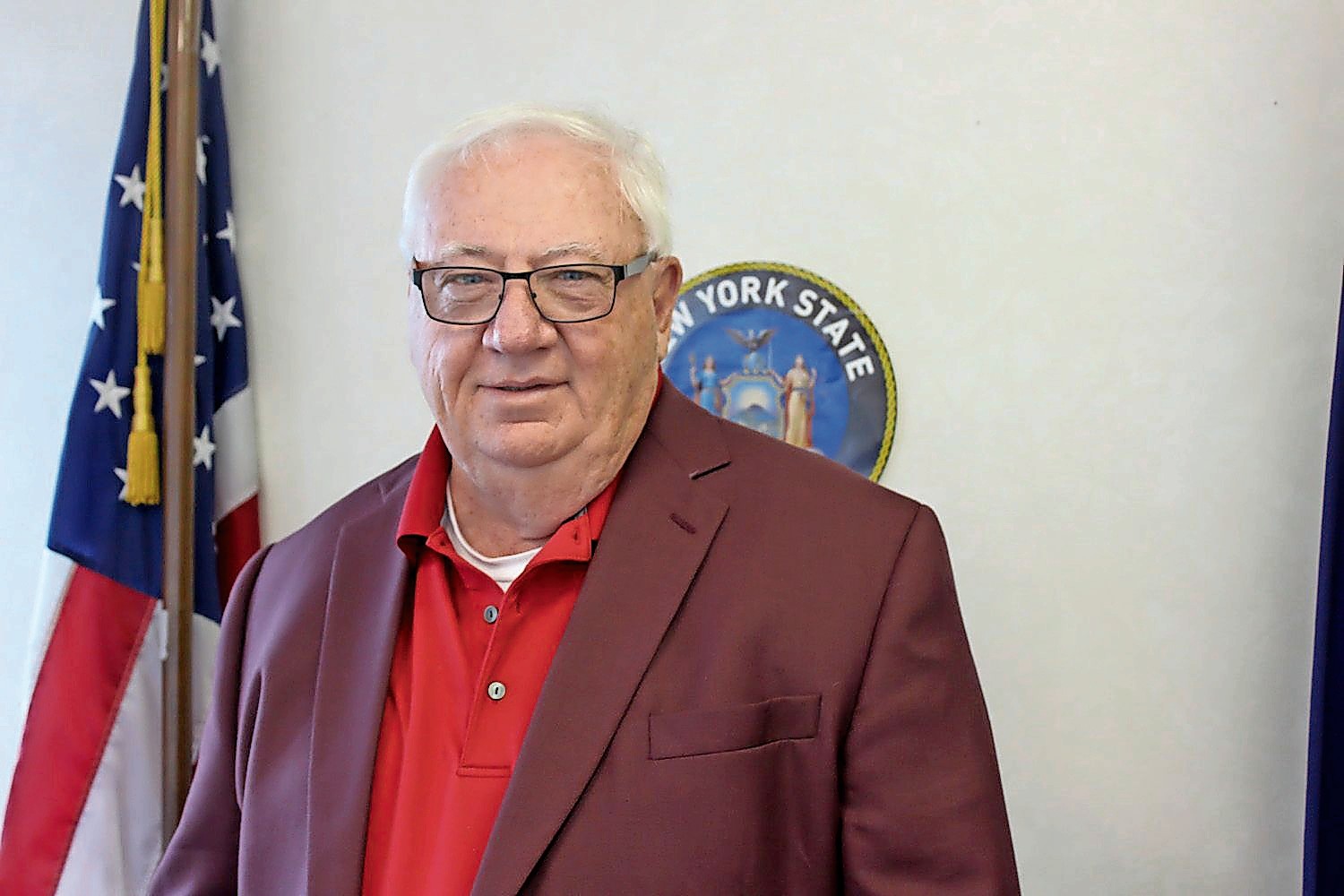Proposed bill would order insurers to cover opioid withdrawal devices
In the past two years, Nassau County has seen an uptick in fatal heroin and opioid overdoses. According to the district attorney’s office, there were 146 opioid-related deaths in the county last year, with 47 cases involving fentanyl, 43 involving heroin and 39 involving oxycodone. With narcotics pervasive on the street, local counselors said it is easy to get these drugs in large quantities relatively cheaply.
Overdoses and drug-related arrests have increased in the Wantagh-Seaford area, including neighboring communities such as Levittown, Massapequa, East Meadow and Hicksville.
State Sen. John Brooks, a Democrat from Seaford, other elected officials and community groups are taking action to curb drug use and aid those in rehabilitation centers who are recovering from addiction. Last week, Brooks introduced legislation that would mandate insurance coverage for medical devices approved by the U.S. Food and Drug Administration to treat debilitating withdrawal symptoms caused by addiction to heroin and other opioids.
“In our multi-pronged effort to eradicate the opioid epidemic, it is crucial to provide practical help to those who are working to put their addictions behind them,” said Brooks, who represents the 8th Senate District, which encompasses parts of Baldwin, Baldwin Harbor, Bellmore, North Bellmore, Freeport, Merrick, North Merrick, Seaford and Wantagh. “Tools that clear the path to recovery should be readily available, and be covered by insurance in order to provide the greatest chance for those in the grip of addiction to move on to a life of good health and productivity.”
In November, the FDA gave final approval to a device known as an NSS-2 bridge, which helps reduce the symptoms of opioid withdrawal. This battery-powered chip is placed behind a patient’s ear, and emits electric pulses that stimulate the cranial nerves to provide symptom relief. According to the FDA, the device, which can be used for five days during withdrawal, is available only with a prescription. During testing of the device, all patients in a trial saw a reduction in symptoms within 30 minutes of using it, and 88 percent of the patients transitioned to medication-assisted therapy after five days.
“As the FDA has moved to approve this device — and an initial trial seems to indicate positive results for reducing the effects of withdrawal — then of course we would be very supportive of any legislation that helps to address the devastating consequences of drug use,” said Jamie Bogenshutz, executive director of Yes Community Counseling Center, a nonprofit that helps struggling addicts and their family members, and has outreach centers in North Levittown and Massapequa.
“We have a lot of work to do if we are to have an impact on the most important aspect of this epidemic, preventing drug use,” Bogenshutz added.
Under current law, insurance companies are required to provide coverage for medications for the treatment of substance use disorder in the event of an emergency, including withdrawal symptoms. Brooks’s proposed bill would amend the law to clarify that “medical devices or products” and any other FDA-approved devices to treat withdrawal symptoms would be covered.
“One roadblock to recovery for people wanting to detox from heroin and other opioids is the sure knowledge that withdrawal can be a hellish experience,” Brooks said. “If patients can be reassured that they can withdraw from drugs in a less miserable way, they probably will be more willing to take that next step toward recovery. We should be encouraging and assisting those who want to get clean, and this legislation will help to do that.”

 44.0°,
Mostly Cloudy
44.0°,
Mostly Cloudy 





